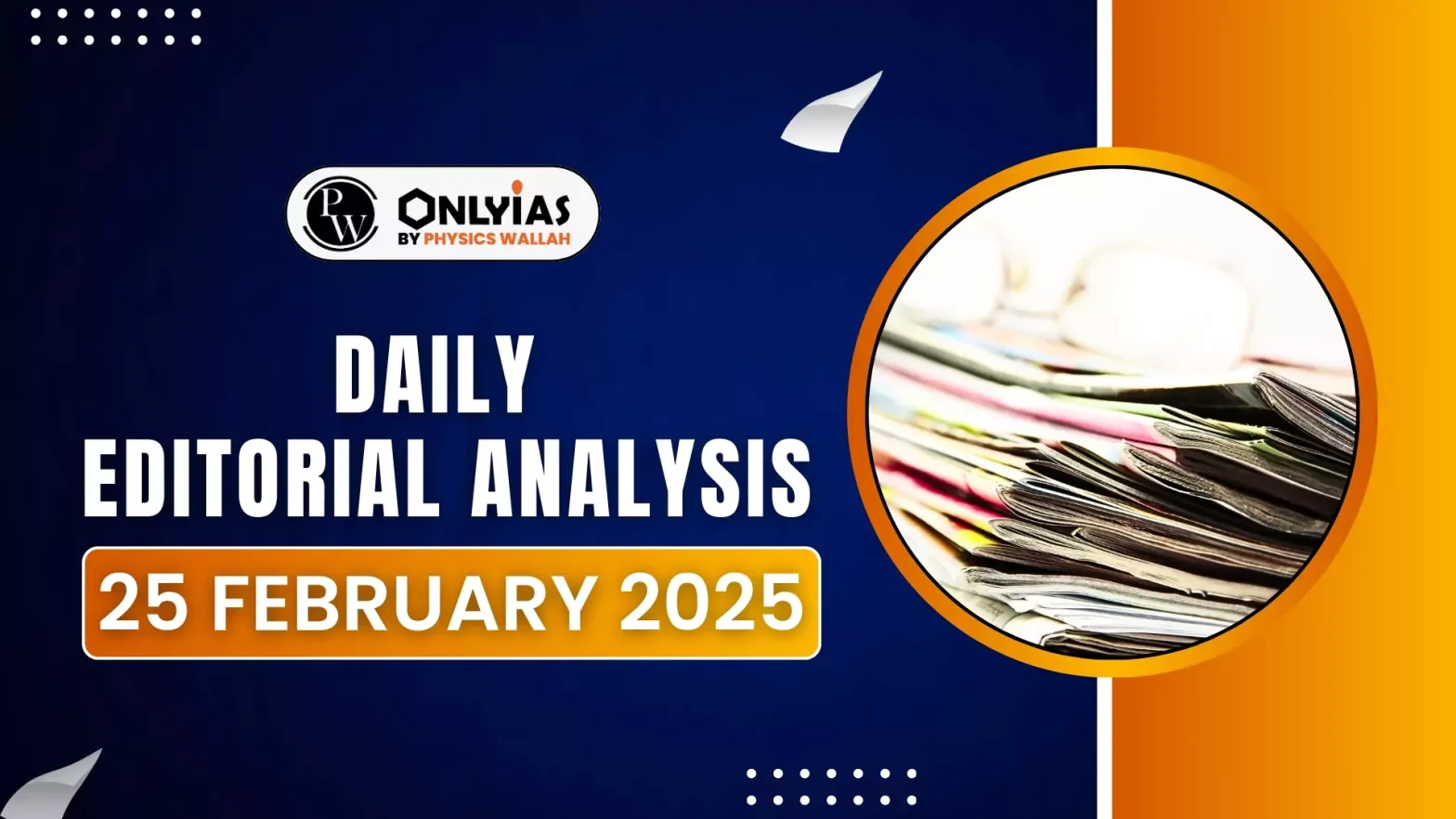The RTI Act’s effectiveness is declining due to bureaucratic resistance, judicial rulings, and legislative amendments.
Right to Information (RTI) Act
- Introduction: The introduction of the Right to Information (RTI) Act generated great hope among citizens, as it recognized them as the rulers of the nation.
- Empowerment: It empowered people to seek information from the government with dignity and respect.
- The Act appeared to be a means to deliver the ‘swaraj’ that citizens had long missed.
- Codification: RTI codified the fundamental right to information and was regarded as one of the best transparency laws in the world.
- It was expected to curb corruption and arbitrariness, allowing citizens to act as vigilance monitors of their government.
- Impact: However, it has fallen far short of expectations, and the state of democracy has not improved significantly.
- Resistance to RTI: Within a few months, the government realized the Act had transferred power from public servants to citizens.
- Less than a year later, it attempted to amend the law in a way that would weaken the RTI Act.
- Government Retreat: The proposed amendments led to widespread protests by citizens across the nation. In response to the strong public sentiment, the government decided to drop the amendments.
Weaknesses of the RTI Act
- Ineffectiveness of Information Commissions: Information Commissions were created as the final appellate authorities under RTI.
- Retired bureaucrats dominated these positions, reluctant to transfer power to citizens.
- Post Retirement Benefit: No effort was made to appoint transparency advocates to these roles. Many commissioners viewed the job as post-retirement sinecures and worked limited hours.
- Delays and Backlogs: High Court judges dispose of over 2,500 cases annually, while commissioners cleared even fewer.
- RTI cases are simpler than High Court cases, yet disposal rates were low.
- Lack of Time frame: No strict time limit was imposed on Information Commissions, leading to year-long pendencies.
- RTI became a tool for historical records rather than a means for timely accountability.
- Weak Penal Provision: Penal provisions were meant to ensure compliance, but commissioners hesitated to impose penalties.
- Appointment issue: Delays in appointing commissioners further increased pendency. Governments intentionally stalled appointments to weaken the Act’s effectiveness.
- Narrowing Access : Supreme Court in the CBSE vs Aditya Bandopadhyay (2011) case challenged the strict interpretation of Section 8 exemptions.
- The court argued that RTI should not be misused to obstruct administration.
- It portrayed RTI applicants as burdensome, justifying denials of information.
- Encouraged viewing transparency as an obstacle rather than a right.
- Impact of the Judgment: Broad interpretation allowed authorities to deny information more easily. Transparency was reframed as an obstruction rather than a fundamental right. RTI users were stigmatized, discouraging its use for public accountability.
- Expanding ‘Personal Information’: Supreme Court in the Girish Ramchandra Deshpande vs CIC (2012) ruled that public servants’ disciplinary records and financial details were personal information.
- The court ignored the public interest test in Section 8(1)(j) of the RTI Act.
- The Court set a precedent for denial of crucial information, weakening transparency. This judgment converted RTI into RDI (Right to Deny Information).
- Digital Personal Data Protection Act further amends RTI using this interpretation.
Conclusion
To uphold RTI’s original intent, the Act must remain unchanged. Citizens and media must actively defend it to prevent dilution. Any distortion threatens our fundamental right under Article 19(1)(a).
![]() 25 Feb 2025
25 Feb 2025

